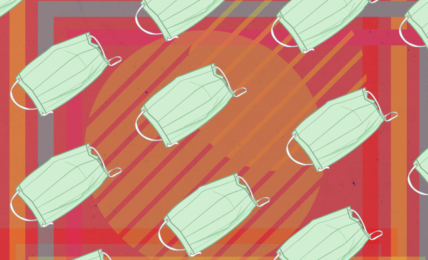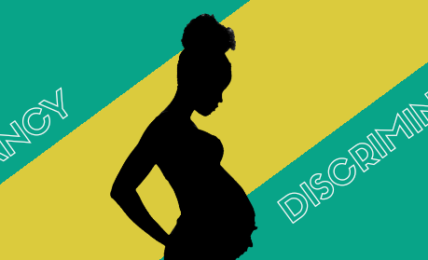Government of Ireland announces new report to address gender inequities in STEM
Research has shown there is no single intervention that will achieve gender equity in STEM, and different segments of the population -- be it divisions by wealth, race, ethnicity, or disability status -- may further hinder participation.








